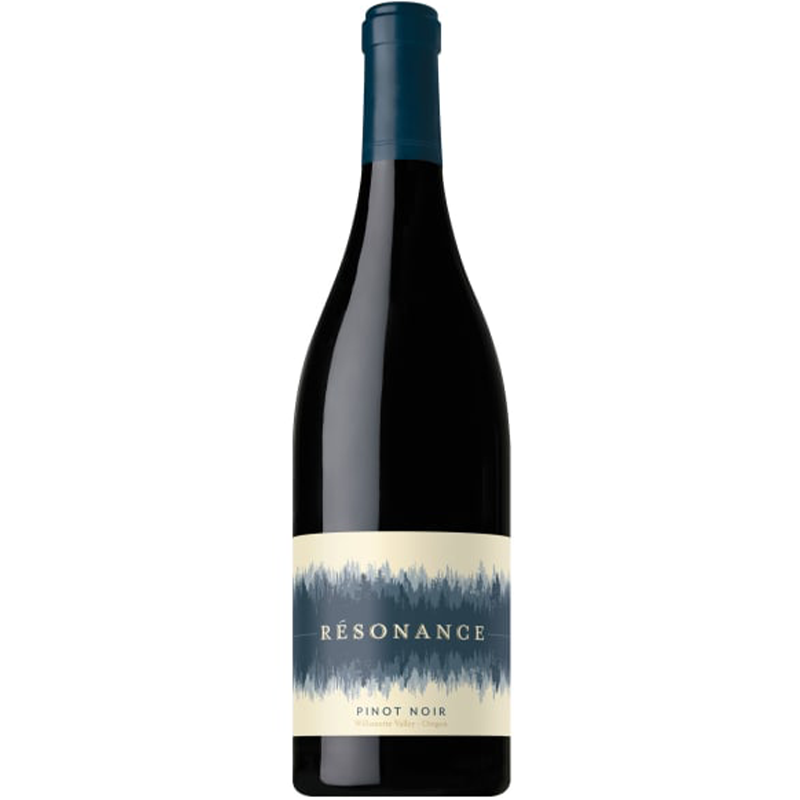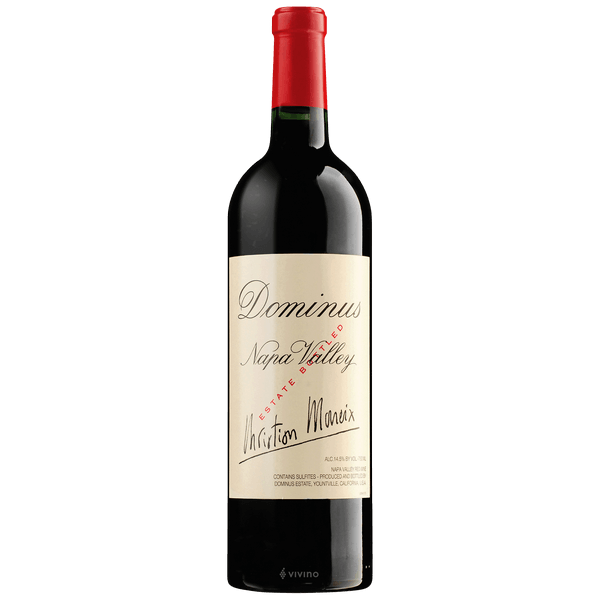2017 Resonance Pinot Noir
$67.40
Out of stock
2017 Resonance Pinot Noir
2017 Resonance Pinot Noir The 2017 wine reflects a bright ruby color. The nose is very fresh and fruity, with a lot of red (strawberry, raspberry) and black fruits ( wild cherry, blackberry), enhanced by subtle floral and spicy aromas. Elegance and harmony describe precisely the palate. Tannins are present and fine, while the acidity brings a nice freshness, particularly long.
Pinot Noir
Pinot Noir is the dominant red wine grape of Burgundy, now adopted (and extensively studied) in wine regions all over the world. The variety’s elusive charm has carried it to all manner of vineyards.
These extend from western Germany (as Spätburgunder) and northern Italy to Chile, South Africa, Australia, New Zealand and the USA. California, Oregon and New Zealand are arguably the greatest centers for the grape outside its home territory. However great Pinot Noir is made in all of these territories.
The essence of Pinot Noir wine is its aroma of red berries and cherry (fresh red cherries in lighter wines and stewed black cherries in weightier examples). Many of the more complex examples show hints of forest floor. Well-built Pinot Noirs, particularly from warmer harvests, suggest leather and violets, sometimes recalling Syrah.
There are two theories regarding the Pinot name. One is that it came about because their bunches are similar in shape to a pine cone (pinot in French).
It may derive, however, from a place name in France such as Pinos or Pignols from where cuttings were obtained. Pignols in the Auvergne, for example, has cultivated Pinot since the Middle Ages.
It was previously believed that Pinot Noir, Pinot Blanc, Pinot Gris, Pinot Meunier, Pinot Précoce (Frühburgunder) et al were members of a “Pinot Family” of distinct grape varieties. But DNA profiling has shown them to share the same genetic fingerprint. Thus, they should properly be considered as mutations or clones of a common variety.
Related products
2018 Ca’ del Baio Vallegrande Barbaresco 2018 Ca’ del Baio Vallegrande Barbaresco has a garnet red color; intense nose, with powerful fruit, dried flowers and underbrush; dry taste, smooth and rounded, ending in a warm finish with nicely-balanced tannins. A natural match for roast and terrine meats, mature cheeses and fondues, meat and vegetable soups. [...]
2020 Domaine des Lambrays Clos des Lambrays Grand Cru 2020 Domaine des Lambrays Clos des Lambrays Grand Cru, A fresh red, with black currant and black cherry flavors shaded by floral, iron, earth and spice elements. Fluid and on the elegant side, with a solid underlying framework of tannins. Turns a bit leaner on the [...]



